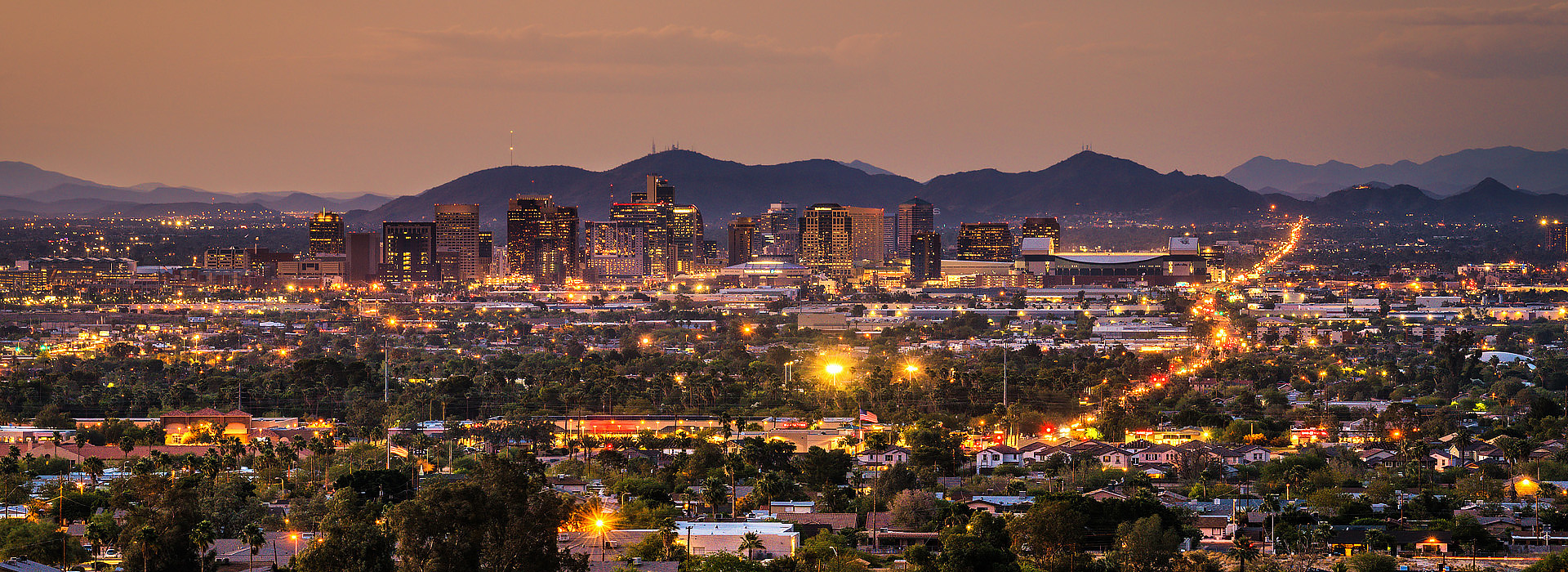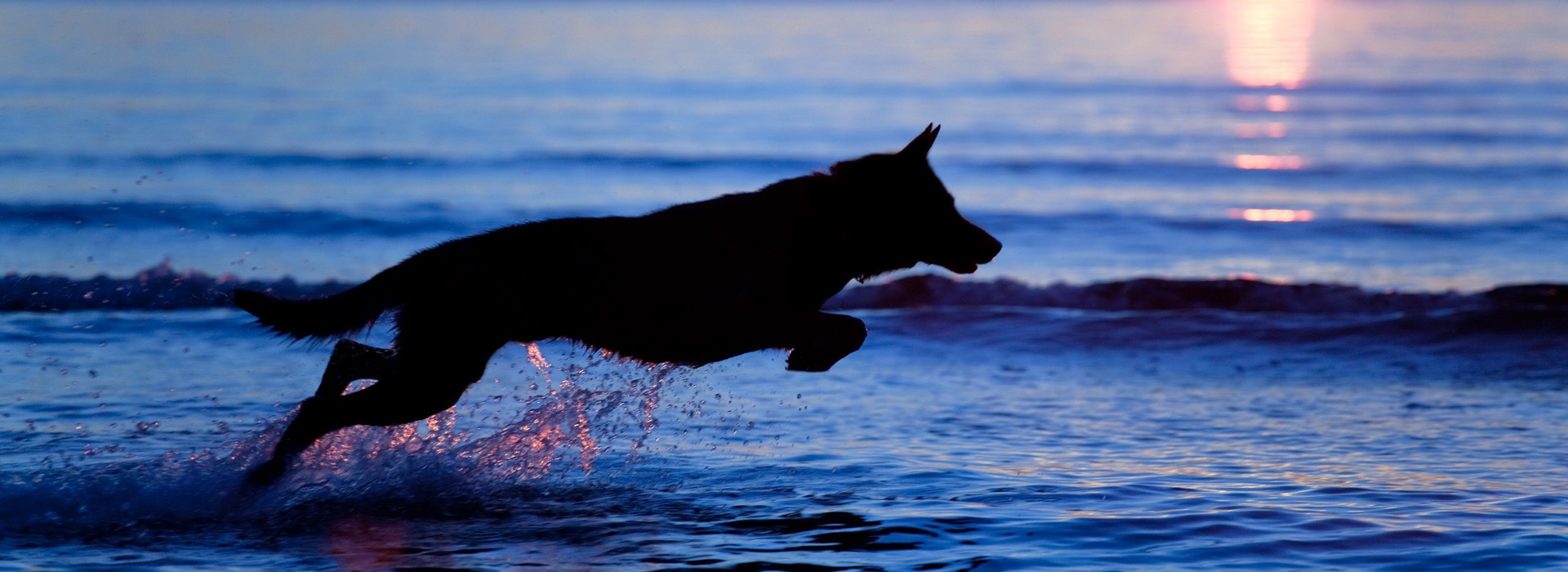The Arizona Department of Transportation recently released a straightforward and simple message for drivers who might be encountering wintry weather on mountain roads:
“Slow down.”
ADOT Says “Slow Down”
It’s a simple message, but one that people often forget as they head out in winter driving conditions.
“Adjust your speed for the conditions,” ADOT spokesman Ryan Harding advised. “If there is snow and ice, the roads will be slippery so slow down and leave more distance between you and the car in front of you. That’s the best thing you can do.”
“If you keep your speed appropriate to what the conditions are, hopefully you wouldn’t have to worry about trying to steer your way out of an emergency situation like that,” Harding said.
Drive Safely During Winter Weather
As bad weather can affect your ability to control your vehicle, the likelihood of being involved in an automobile accident increases. In fact, stopping on wet road requires almost twice the distance as stopping on a dry road. And on ice or sleet, it requires five times the distance to stop. Leave extra space between you and the vehicle in front of you in any kind of weather.
There are some additional tips you can take to keep yourself safe:
Be Aware: Stay up to date on road conditions such as snowy weather, accidents, or whether special equipment, such as tire chains or four-wheel drive, are recommended.
Be Prepared: Store an emergency kit in your car just in case you get stranded in cold conditions. Inside the emergency kit should be water, snacks, blankets, extra clothes, batteries (and/or a phone charger) and a flashlight.
Give Snowplows Enough Room to Work: Stay at least four car lengths behind any snowplows and do not attempt to pass.
“These are big, 30-ton vehicles,” Harding said. “They’re out there trying to get the snow and ice off the road. Give them room.”
Make Sure Your Vehicle is Safe: Always check that your car is in good condition, including fluid levels are high enough, tire pressure and condition are good, and lights and wiper blades are where they should be. If you’re in or headed to colder climates, make sure engine coolant and even wiper fluid reservoirs contain the proper mixture of non-freezing liquids.
“You have to be specific to the shop and say you’re going to some freezing conditions,” advised Travis Mock, manager of AAA Auto Repair in Phoenix. “That should clue the shop to look out for certain things.”
Hydroplaning while driving in bad weather
Six times more people are killed on wet roads than on snowy and icy roads combined because when it starts to rain, the roads are the most slippery, causing your vehicle to hydroplane. This is when the front tires literally lift - the vehicle is riding on the water rather than the actual pavement. Hydroplaning can happen at speeds as low as 35 miles per hour if the tires are worn.
Tips to Avoid Hydroplaning:
Keep mirrors cleared of water.
Avoid suddenly braking as well as making sudden moves of the steering wheel.
If approaching a large puddle of water, slow down and turn on wipers before you hit the water. Tap the brake lightly a few times to dry the brakes out as you leave the puddle. If you feel the car pull to one side, pump the brake slowly and smoothly in order to dry the brake out.
If you begin to hydroplane: hold the wheel steady and take your foot off the gas pedal. Gently pump the brake. Turning the wheel from side to side
In addition to these safe driving tips, it’s important to remember that other forms of “bad driving” can cause accidents.
Distracted Driving
According to data collected by ADOT, in 2015, distracted driving contributed to at least 33 fatal crashes and nearly 8,000 distracted drivers were involved in crashes on Arizona roadways.
The following are all forms of distracted driving:
- Texting
- Using a cell phone or smartphone
- Eating and drinking
- Talking to passengers
- Grooming
- Reading, including maps
- Using a navigation system
- Watching a video
- Adjusting a radio, CD player, or MP3 player


